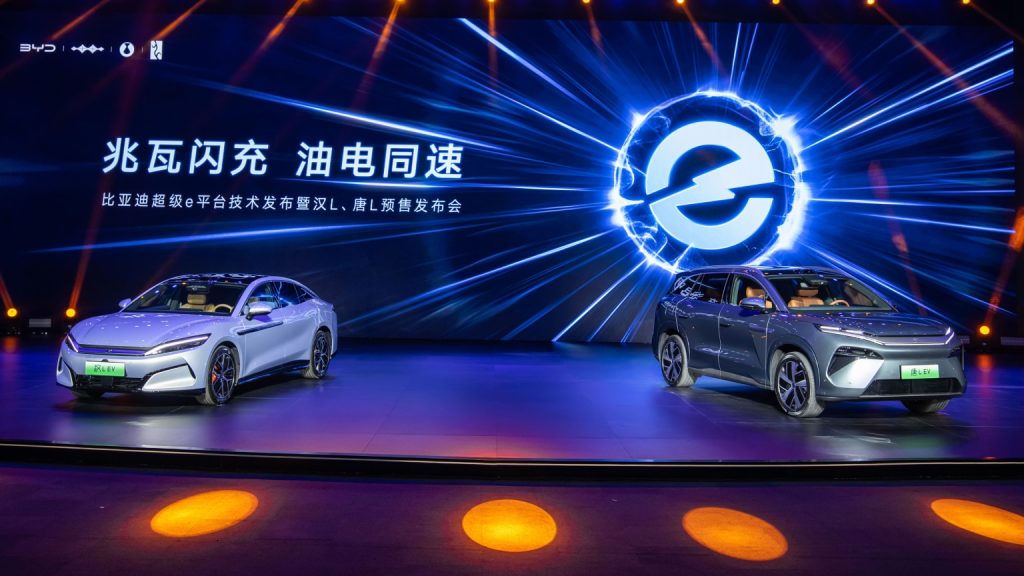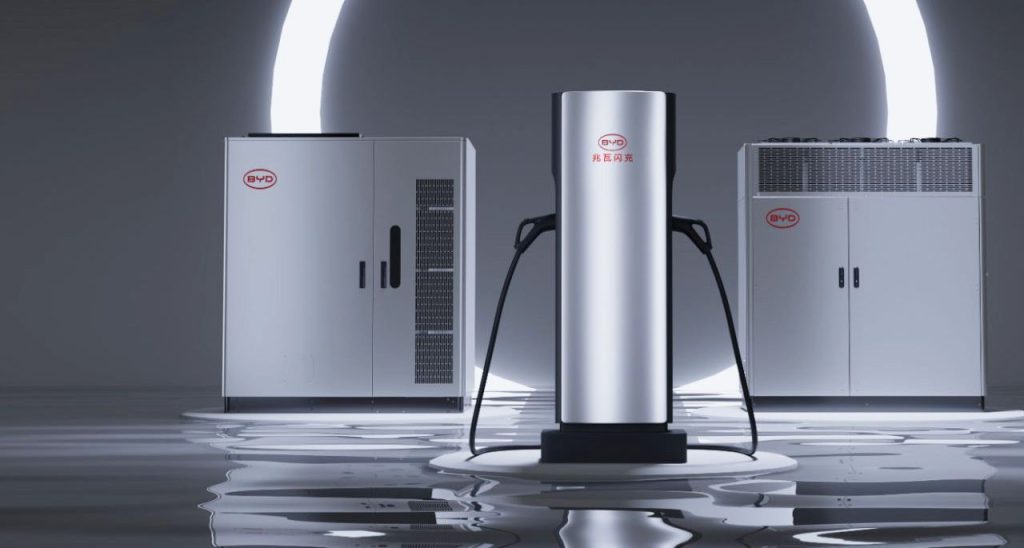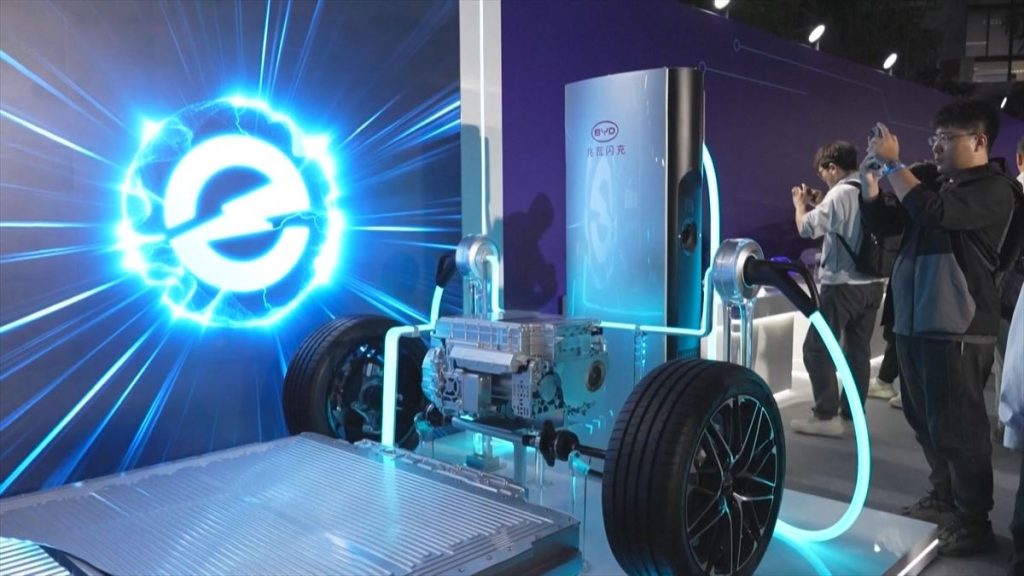BYD announced the immediate deployment of its ultra-fast 1,000 kW (1 MW) charging network in China, marking a turning point in the electromobility industry.
The company will begin mass installation of these stations starting the first week of April—just ten days after unveiling its innovative Super E-Platform.
This strategic move solidifies BYD as the undisputed leader in fast-charging technology, far surpassing current industry standards.
The launch will coincide with the release of the new Han L and Tang L models, specifically designed to leverage this groundbreaking technology.
According to BYD, these chargers will add 400 kilometers (250 miles) of range in just five minutes, drastically reducing wait times and bringing the charging experience closer to the convenience of traditional fossil fuel refueling.

Smart Infrastructure
To address the technical challenges of this cutting-edge technology, BYD developed a comprehensive solution combining next-generation chargers with energy storage systems.
Each station will feature specially designed battery banks to ensure a stable power supply, even in locations with limited electrical infrastructure. This innovative approach overcomes one of the biggest hurdles in deploying ultra-high-power chargers.
“We understand these numbers may seem hard to believe for many. That’s why we invite everyone to experience it firsthand once they go live,” said Li Yunfei, BYD’s PR manager.
BYD’s ambitious plan includes installing 4,000 of these stations across China, though the company has not set a definitive timeline for completion.

The first 500 units will be operational in April, coinciding with the Shanghai Auto Show, where the technology is expected to be one of the event’s main highlights.
This technological breakthrough not only strengthens BYD’s position in the competitive Chinese market but also sets a new global benchmark for fast-charging infrastructure.
While other brands like Tesla and Porsche are working on 250 kW and 800 kW solutions, respectively, BYD has made a quantum leap that could redefine consumer expectations and significantly accelerate the global transition to electric mobility.







